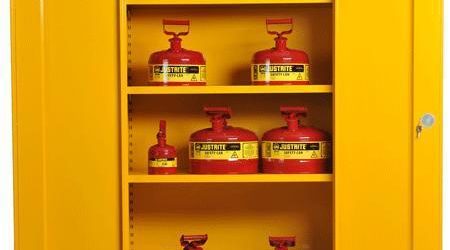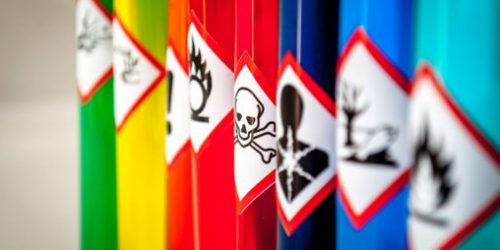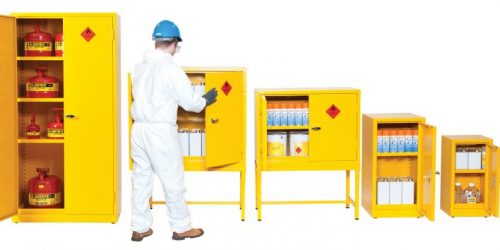How many requirements does COSHH place on the employer?
The primary purpose of COSHH regulations is to safeguard the health and well-being of employees working with hazardous substances such as chemicals, dust and biological agents. Due to the substantial health risks these substances pose, employers must have a clear understanding of the seven core COSHH requirements, taking all necessary steps to ensure a safe working environment for their workforce.
Within the workplace, who is responsible for COSHH?
The employer is ultimately responsible for COSHH, ensuring regulations and procedures are adhered to and providing employees with sufficient training and information.
Is COSHH entirely the responsibility of the employer?
While the employer has overall responsibility for COSHH procedures and training, everybody in the workplace has an important role to play. Employees need to comply with COSHH regulations to keep themselves, their colleagues and their surroundings safe when working with hazardous substances. Read more about this in our article COSHH responsibilities as an employee.
Employers’ COSHH responsibilities
Employers have a lot of health and safety responsibilities at work and the purpose of COSHH is to protect people from
How many requirements does COSHH place on the employer?
Here are the seven basic control measures that employers need to comply with
1 – Assess risk
The purpose of carrying out a COSHH assessment is to systematically identify, evaluate and control the risks associated with hazardous substances in the workplace. For more details, read our blog – What is a COSHH assessment?
2 – Decide what precautions are needed
Determining the precautions needed for hazardous substances requires a comprehensive assessment of the specific substances and their associated risks.
3 – Prevent or adequately control exposure
By implementing preventive measures and adequate controls, employers can effectively minimise or eliminate exposure to hazardous substances.
4 – Ensure control measures are used and maintained
To ensure the effectiveness of control measures, it is crucial to establish systems and processes that promote their proper use and maintenance.
5 – Monitor exposure
Monitoring exposure enables employers to assess the effectiveness of control measures and identify areas that require improvement.
6 – Carry out appropriate health surveillance
Health surveillance involves the systematic monitoring of workers’ health to identify any adverse effects resulting from exposure to these substances.
7 – Prepare plans and procedures to deal with accidents
Preparing plans and procedures to deal with accidents involving hazardous substances is crucial for ensuring prompt and effective response in the event of an incident.
Is COSHH a legal requirement for employers?
In line with the Control of Substances Hazardous to Health Regulations 2002, any employer or organisation using substances that could harm employees is required to follow COSHH guidelines to prevent or reduce exposure to harmful substances. Failure to do so is a breach of the regulations and a criminal act. Read more about it in our article Is COSHH a legal requirement?.
How often should a COSHH assessment be reviewed?
Employers are responsible for identifying and assessing the risks posed by hazardous substances, implementing control measures to minimise exposure, providing adequate training and information to employees, and maintaining appropriate monitoring and emergency procedures. You can find more information on the HSE website.
Need COSHH equipment for your workplace?
If you need any COSHH equipment, have a look at our website or give our sales team a call on 0800 652 6000 – they’ll be happy to help!




